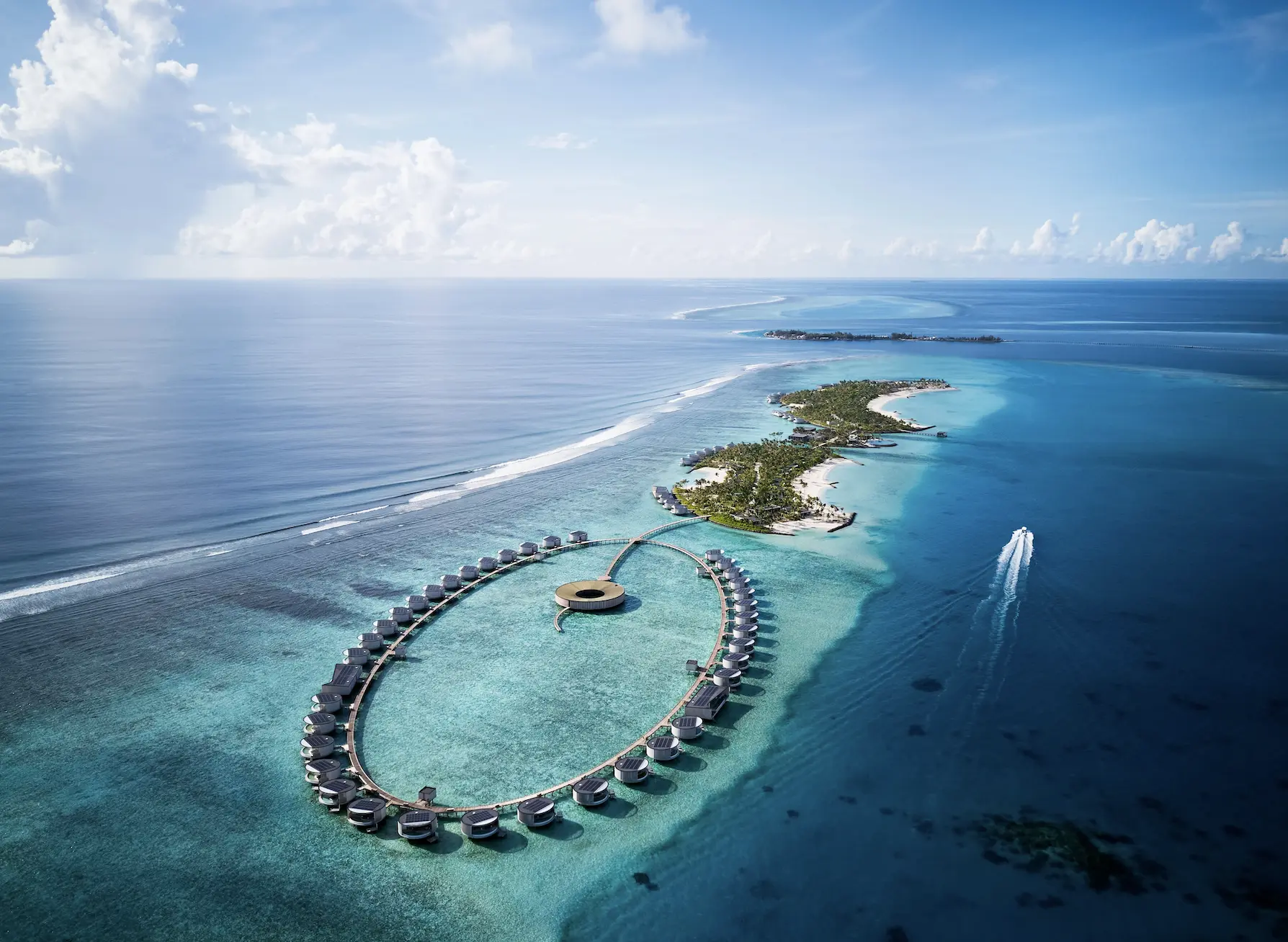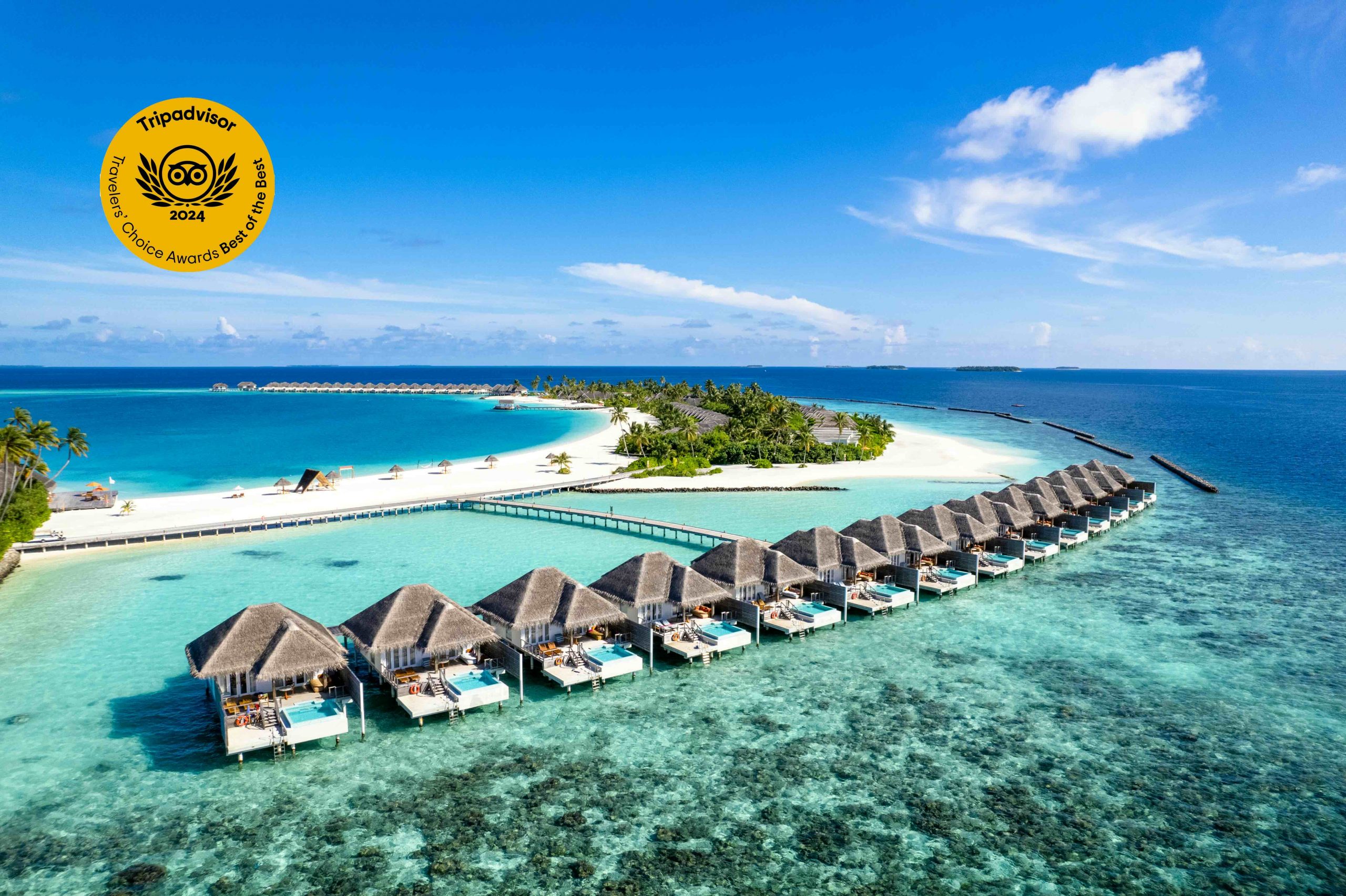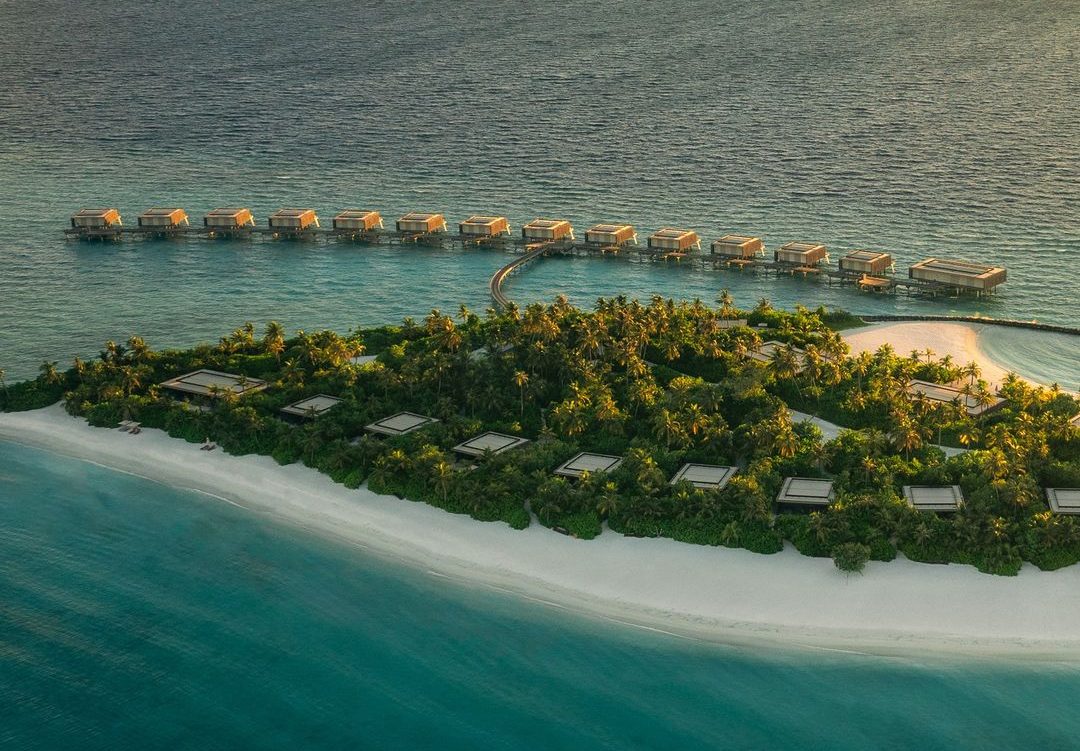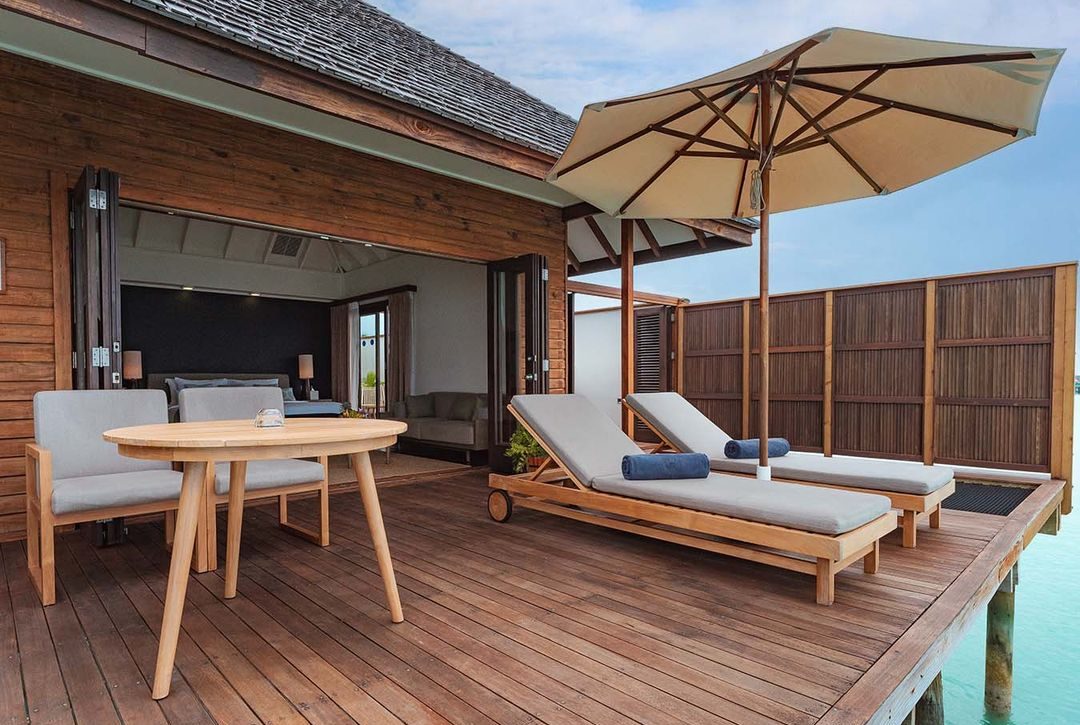Welcome the year of the Dragon, Ritz-Carlton Maldives is bringing new beginnings and opportunities by enabling creativity, courage, confidence and passion. From February 9th to 15th, celebrations will include an array of dining, wellness, arts and adventure experiences that highlight the global significance of the holiday with a local touch. Each day, festivities are inspired by specific themes with related activities including:
Reunion Day
On 9th February, experience the warmth of togetherness at the Summer Pavilion with our Reunion Dinner, where exquisite flavours and cherished moments come together in perfect harmony.
Lunar New Year
On the 10th of February, experience the mesmerising energy and cultural vibrancy of the captivating Lion Dance Performance, adding an auspicious touch to your celebration.
Day of Home Return
Reflect inward with Ritz-style pampering on 11th February with the educational ladies’ skincare workshop in the morning followed by a calming full moon yoga session in the Mystique Garden at night.
Stay Still & Indulge
Join in for the private dining room of Summer Pavilion on the 12th of February, for the chef’s table wine dinner, pairing fine Chinese cuisine and exceptional wines.
Lighting of Stove
Welcome the evening of the 13th of February with a speciality cocktail and captivating fire pit lighting ceremony followed by an extravagant Maldivian-themed dinner.
Welcome Wealth
Enrich your palate and expand your culinary repertoire on the 14th of February with a hands-on dumpling cooking class.
Send Poverty Away
Begin the new year on a positive note on the 15th, by participating in the coral regeneration workshop, where you’ll learn hands-on techniques to contribute to the restoration of coral reefs and safeguard our marine ecosystems.
The festivities continue throughout the week with additional activities including:
- Gua sha masterclass sharing the art and techniques for radiant skin using the ancient Chinese
beauty ritual - Lunar New Year–inspired cocktail masterclass led by our expert mixologist
- Dragon egg painting encourages young guests to bring mythical creatures to life through art
- Chinese pottery workshops use ancient techniques to create timeless pieces
- Lunar kite festival bringing magic and colour to the open sky
- Sandbank snorkelling to explore the colourful world beneath the water’s surface
Additionally, visiting practitioner Lei Ming will help guests cultivate a stronger connection between mind and body through the art of Tai Chi. From February 1st to 15th, he will offer private and group Tai Chi sessions and Tai Chi Internal Kungfu Massage.







